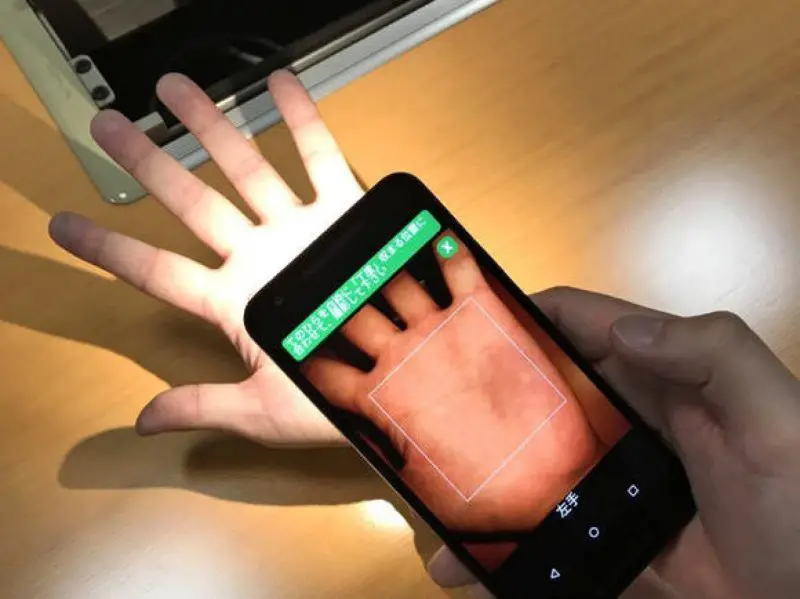Palm payments is now taking an ever more concrete form at Amazon. The online store wants to allow palm payments in fast food restaurants, cafes and similar shops – initial talks with credit card companies are already underway.
Amazon wants to drastically simplify payment. In the future, customers should be able to pay by scanning their palms. To do this, your own palm is linked to your own credit card. According to a report by the Wall Street Journal, the plans are at an early stage yet. Amazon plans to set up corresponding payment terminals in fast food restaurants and coffee house chains so that customers can pay as quickly as possible.
At the end of 2019, it was announced that Amazon had filed a patent application for such a payment terminal . The patent application contains a schematic drawing that shows how a person walks past a hand-held scanner.
So far, it was expected that the technology would be used primarily in the Amazon Go supermarkets. These supermarkets dispense the traditional checkouts, instead the customer is observed in the store with cameras and sensors. What he puts in his real shopping basket is debited from his Amazon account as soon as he leaves the store. The customers are identified thorugh their app which uses their Amazon accounts.
The new information suggests that Amazon wants to set up its manual payment terminal in other stores as well. Negotiations are currently underway with the credit card companies like Visa and Mastercard. Visa is said to be the first to test that a credit card should be assigned to the customer’s palm. Talks are said to be ongoing with Mastercard, but the process is not completed yet.
If Amazon’s plan works, the company would become a provider of payment terminals, which would then be available in a number of stores and used. Amazon did not want to confirm the information in the Wall Street Journal. It is not yet known when such payment terminals will be in operation.
The Amazon patent application describes that the procedure analyzes wrinkles and fine lines as well as deeper structures in the hand. This should include veins, bones and soft tissues. Based on these features, it should be possible to identify a customer in a targeted manner. The photo taken is compared with a database in which the hand scans of the customers are stored.





